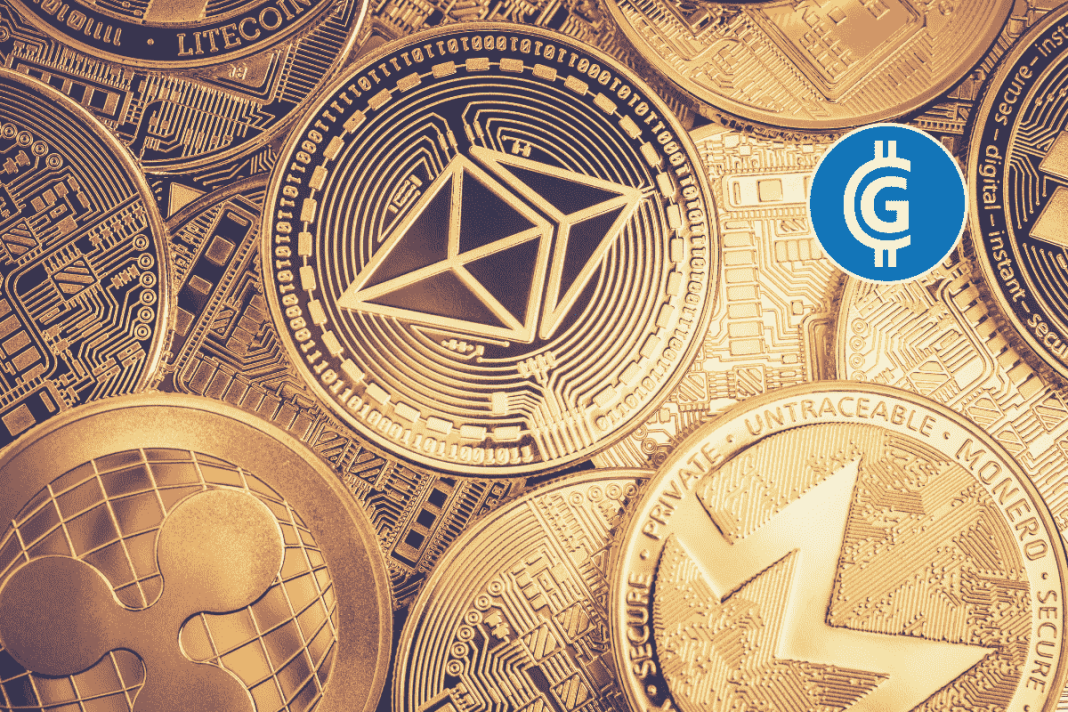Investors are eagerly awaiting the release of the January Consumer Price Index (CPI) report, set for 8:30 a.m. EST on Tuesday, February 12 to assess the Federal Reserve’s progress in its battle against inflation. Market participants have tempered expectations for a rate cut in March. However, the Fed is considering postponing the cut to May-June due to unavoidable reasons. Moreover, Tuesday’s data will be pivotal in shaping market sentiment.
What To Expect From Key Data Release This Week?
Consumer Price Index (CPI)
According to forecasts from FactSet, the U.S. CPI is expected to rise by 0.2% in January, consistent with December’s increase. Moreover, Core CPI, which excludes volatile food and energy prices, is forecasted to rise by 0.3% in January, mirroring December’s uptick. Whilst, year-over-year, CPI is projected to rise by 2.9% in January, slightly lower than December’s 3.4%. Meanwhile, core CPI is anticipated to increase by 3.7% YoY, down from 3.9% in December.
Katie Nixon, Chief Investment Officer at Northern Trust Wealth Management, anticipates that January’s CPI growth will “continue to trend in the right direction,” according to a Morning Star report. However, she added that it’ll be at a slower pace compared to declines in PCE inflation, the Fed’s preferred measure.
In the crypto market, heightened uncertainty surrounding inflation and monetary policy often leads investors to seek alternative assets such as Bitcoin (BTC) and other cryptocurrencies. Moreover, Bitcoin acts as a hedge against inflation, which could boost its adoption in case of a rise in inflation. Moreover, if the increase is higher than the expectations, the chances of a shift to the crypto market are higher.
Producer Price Index (PPI)
Since the January CPI and Core CPI is expected to witness an increase, the PPI might also see an uptick as they are correlated. However, in December 2023, the PPI fell by 0.1% despite the growing concerns of inflation. Moreover, the year-over-year increase was 1%, indicating a significant milestone in the efforts to control inflation.
Hence, if it mirrors the same trend again, it could be a major catalyst in minimizing the inflationary pressure further. The decrease in PPI could eventually help in lowering the CPI surge. This could limit the shift to volatile and risky assets like Bitcoin and other cryptocurrencies.
Also Read: End Of The American Empire? Robert Kiyosaki Deems Bitcoin As Savior Amid Debt Crisis
Housing & Rent Expenses
Furthermore, Nixon highlighted that while inflation is broadly declining, certain components, such as housing costs and services, are slower to follow suit due to their sticky nature. Jeffrey Roach, Chief Economist at LPL Financial, echoed this sentiment and emphasized that the lag in certain categories like services and rent prices contributes to the complexity of inflation dynamics. However, analysts across the board anticipate a fall in rent inflation in the coming months.
On the other hand, prices for goods have fallen swiftly enough to pull headline inflation down in recent months. Nixon describes this trend as a “push/pull” dynamic, with progress on the goods side offsetting inflation from the services side.
Labour Market’s Role In Inflationary Pressure
The persistent strength of the labor market poses challenges to inflation moderation. Real wage gains and robust employment figures continue to drive consumer spending, potentially exerting upward pressure on prices. Last week’s strong jobs report served as a reminder that the “last mile” of inflation remains elusive, according to Nixon.
Risks to January’s inflation outlook include potential inflationary pressures from rising manufacturing costs and supply chain disruptions, particularly in the Red Sea region. These challenges could complicate the Fed’s decision-making process as it assesses the timing of potential rate cuts.
Fed Rate Cut Or Pause?
According to the CME FedWatch Tool, expectations for a rate cut in May stand at 52%, while there is a 39% chance of rates remaining steady. Federal Reserve Chair Jerome Powell has emphasized the need for more evidence of sustained inflation moderation before considering rate cuts. Moreover, he highlighted the importance of monitoring economic data closely.
Furthermore, officials are also considering to postpone the Fed rate cut to the May-June period due to various factors and its anticipated impact on the markets. As expectations for a potential rate cut fluctuate, crypto prices may experience increased volatility as traders react to shifting macroeconomic trends.
Also Read: Crypto Surfaces as a Viable Alternative Amid US Tax Filing Challenges
The presented content may include the personal opinion of the author and is subject to market condition. Do your market research before investing in cryptocurrencies. The author or the publication does not hold any responsibility for your personal financial loss.











✓ Share: